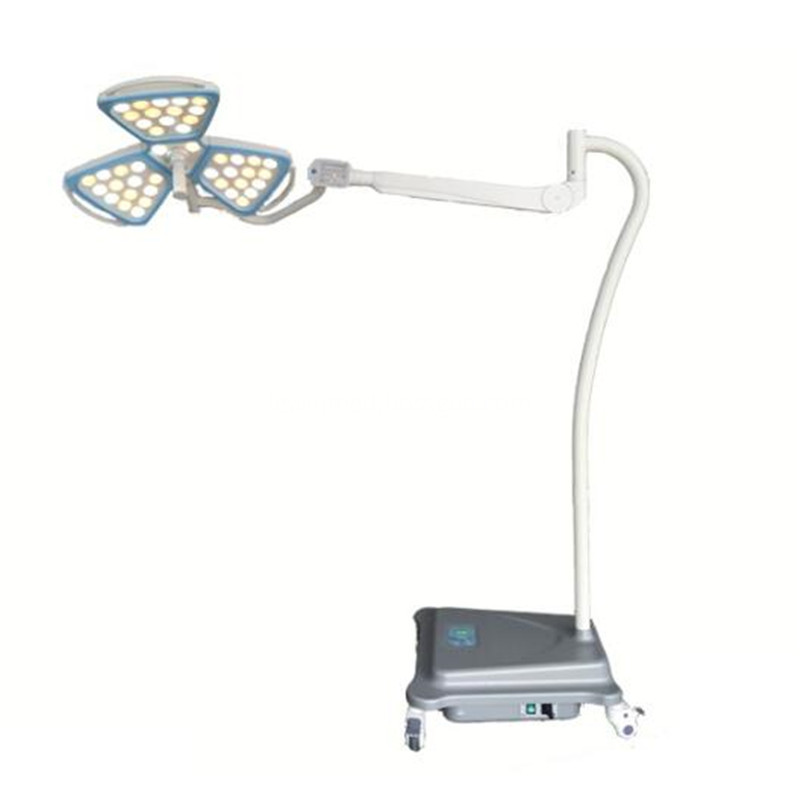Apples and pears (during the deciduous period): 1. If the orchard hasn't received basal fertilizer, it should be fertilized promptly to ensure nutrient supply for the coming season. 2. Remove dead branches, fallen leaves, and diseased fruits from the park. Scrape off old, cracked bark and burn the debris to prevent disease spread. 3. Water the orchard with frozen water once in mid-season. Apply a whitewashing mixture to the trunks: 10 parts water, 2 parts quicklime, 5 parts salt, a small amount of animal or vegetable oil, and 0.5 part of lime sulfur stock solution. Mix all ingredients in cold water and apply evenly. 4. Begin winter pruning to shape the trees properly. 5. Spray the entire orchard with a 3–5 degree lime sulfur solution to control pests and diseases.
Grapevines (during root growth and leaf fall): 1. Winter pruning should be completed before the end of November, especially for young plants, which should be trained according to a trellis system. Spread the vines evenly on the trellis to promote early high yields. Prune mature vines based on variety characteristics, branch growth, position, and pruning style to manage the length and number of fruiting shoots, ensuring strong growth and good fruiting capacity. 2. Clean the vineyard by removing old bark from trees over six years old, burning it along with dead branches, fallen leaves, and old fruits. Destroy them in a centralized manner and spray a 5-degree lime sulfur solution to eliminate overwintering pathogens. 3. Protect against frost by tying up the vines after they are removed from the trellis. Mound soil 1.2 meters away from the roots, burying them twice—first with 10 cm of soil, then another 15 cm before freezing. The soil should be broken and compacted after each layer to provide insulation.
Peach trees (after leaf fall): 1. Clean the orchard by collecting weeds, fallen leaves, and diseased branches, then burning them outside the area. 2. Water the trees with frozen water from late November to early December to protect them from winter damage. 3. Spray the entire tree with a concentrated Bordeaux mixture diluted 40–50 times to prevent peach leaf curl and other fungal diseases.
Winter jujubes (after leaf fall): 1. After the leaves fall, clear the grass and remove weeds around the trees. Scrape and brush the branches, cut off any diseased or damaged branches, and manually remove insects. Collect and dispose of fallen fruits and diseased materials by burning or deep burial. 2. Implement measures to prevent frost damage: shape the trees, remove dry shoots, wrap them with agricultural film, and build a 20–30 cm high soil mound around the base. Apply white wash to the trunk or spray 5–10% lime milk or high-fat coatings on the canopy. 3. Before the first freeze, dig 20–30 cm deep to destroy overwintering pests. Spray the entire tree with a 3–5 degree lime sulfur solution. 4. Apply frozen water to protect the trees from cold injury.
Facility-grown fruit trees (before warming up): 1. Perform winter pruning before covering the greenhouses to adjust the tree structure. Thin out excessive vegetative shoots, diseased shoots, overlapping, and competing branches. Ensure that the thinning does not exceed 10% of the total branches to maintain balance between above- and below-ground growth. Long branches should be pruned selectively, with only short cuts made on main branches. 2. Induce dormancy through artificial cooling. When the average temperature drops below 10°C in late autumn, typically between November 20th and 30th, cover the greenhouses and cool them during the day while ventilating at night to create a low-temperature environment of 0–7.2°C for about a month. This helps the trees enter dormancy earlier, allowing the greenhouse to be closed sooner for the next growing season.
Flower shape design origin from the principle of aerodynamics, it reduces the surface area that impedes the flow of air from the air supply ceilings, resulting in a less turbulent flow underneath the light; the flower shape also can suit to mobile type, can choose straight arm or tube arm; the battery inside of the lamp base can last long for 8 hours, the flower lamp spot diameter is adjusted by electric, the brightness of different LEDs is adjusted automatically to change the spot size, which will avoid the possible occurance of mechanical malfunctions;

Flower Mobile OT Lamp,Battery With Lamp,Mobile Medical Lamp,Mobile Surgery Lamp
Shandong Lewin Medical Equipment Co., Ltd. , https://www.lewinmed.com